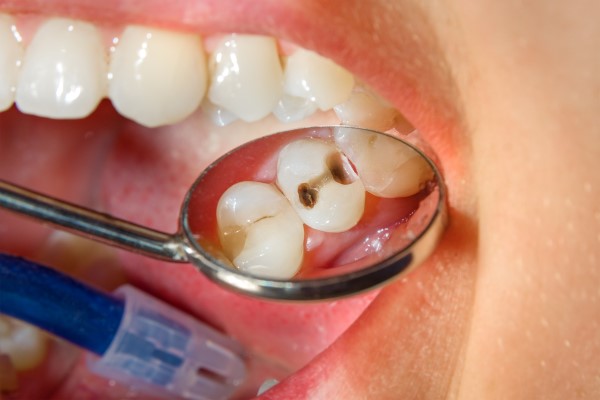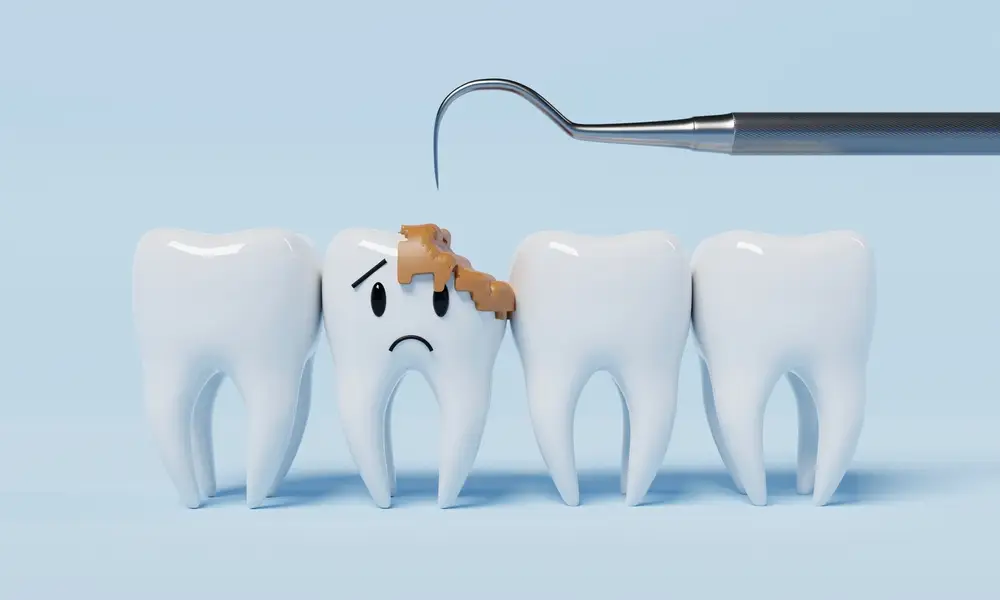Any age might be affected by tooth decay, a frequent dental condition. It can cause excruciating pain, infections, and even tooth loss if left untreated. Maintaining the best possible oral health requires an understanding of the phases of tooth decay, from its early indicators to the required therapies advises a genle dentist in Chula Vista, CA. This article will go over each step in-depth, concentrating on the information Chula Vista people need to know to properly prevent and cure dental decay.
Phase 1: Demineralization
Early Signs:
When the acid produced by these bacteria destroys enamel, it leads to tooth decay. This process, known as demineralization often manifests with white spots on the tooth surface.
Prevention and Treatment:
Stage 2: Enamel Decay
Early Signs:
Enamel Decay- The process of demineralization, if ignored will lead to enchantment degeneration. The white spots turn into brown or black spots on the teeth, and enamel starts to erode which forms little cavities.
Prevention and Treatment:
However, once the cavity has started to form it cannot be reversed. Fortunately, it can be managed with a dental filling. Chula Vista dentists, mostly use composite resins which are designed to be the same color as your tooth. These materials help restore your teeth with their shape and function. It is during this time that it becomes all the more important to visit a dentist regularly and detect/ deal with cavities early.
Stage 3: Dentin Decay
Early Signs:
In case the erosion carries on, decay will get to dentin, a much softer level below the enamel. In some cases, this may include sensitivity to hotter or colder foods and sweets. It only gets deeper and a little more noticeable.
Prevention and Treatment:
It is important to treat dentin decay without delay or the decay may extend through into the pulp, which lies in the deepest part of a tooth. A larger filling or even a dental crown may be required to fix the damaged tooth. The dentists in Chula Vista may also perform root canal therapy if the decay is near your pulp.

Stage 4: Pulp Damage
Early Signs:
Decay that reaches the tooth pulp—its nerve center—is often painful, leading to throbbing or sensitivity. A tooth abscess is a pocket of pus that develops at the root end of an infected 【tooth.
Prevention and Treatment:
A root canal is typically the only solution at this point, which makes it all the more important for you to visit your dentist regularly.
Stage 5: Abscess Formation
Early Signs:
An abscess is a type of serious infection and may result in severe pain, facial swelling, fever, and swollen lymph nodes. If untreated, the infection can spread to other parts of your body.
Prevention and Treatment:
An abscess is a condition that needs to be treated by a dentist as soon as possible. A dentist in Chula Vista can drain the abscess to get rid of that but also may use antibiotics. A root canal or extraction may be recommended depending on how much the decay and infection have spread throughout the affected tooth.
To control and prevent teeth disorders, you must know first the cause of tooth decay. The best way to help prevent tooth decay is via regular visits with your dentist accompanied by proper at-home care and a well-balanced diet.

